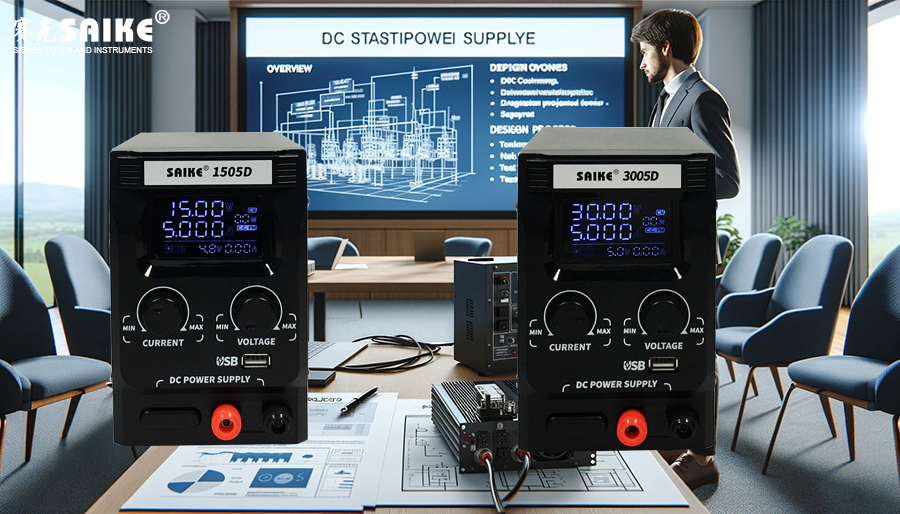SK-YJ000ZLWYDY-KP 100030
I. Introduction
When building a DC stabilized voltage supply, proper soldering and precise assembly are crucial to ensuring the performance and reliability of the final product. This article will provide basic soldering and assembly tips to help beginners and experienced makers optimize their production process.
II. Soldering Techniques
1.Preparation before Soldering
– Clean the PCB: Ensure that the PCB surface is free of dust, grease, or rust. Use anhydrous alcohol for cleaning.
– Soldering Temperature: Set the appropriate soldering iron temperature (usually between 250°C and 350°C). Too high temperatures can damage components and the PCB.
2.Solder Selection
– Choose lead-free or leaded solder based on personal preference and environmental requirements. Lead-free solder is environmentally friendly but has a higher melting point, while leaded solder is easier to solder but poses health risks.
3.Soldering Process
– Heat the solder joint: First, contact the soldering iron tip with the pad and pin to ensure both are properly heated.
– Feed solder: When the solder joint is sufficiently hot, feed the solder into the joint, not onto the soldering iron tip.
– Quick completion: Quickly complete the soldering process after the solder melts. The entire process should not exceed 3 seconds to prevent overheating and damaging the components.
4.Solder Joint Inspection
– The solder joint should have a smooth conical shape without voids, cracks, or solder balls.
– Use a magnifying glass to inspect the solder joints and ensure there are no cold solder joints or shorts.
III. Assembly Techniques
1.Component Placement Order
– Place small, low-profile components first (such as resistors and small capacitors), followed by larger components (such as inductors, large capacitors, and integrated circuits).
– Sensitive components, such as microprocessors or other electrostatically sensitive devices, should be soldered last.
2.Mechanical Fixation
– For heavy components (such as large inductors or transformers), use screws or glue for additional fixation in addition to soldering.
– Ensure that all plugs and connectors are securely soldered and can withstand regular insertion and removal forces.
3.Anti-static Measures
– Use anti-static wristbands and mats during the assembly process to prevent electrostatic damage to electronic components.
– It is best to keep all sensitive components in anti-static packaging until they are ready to be soldered.
IV. Troubleshooting and Testing
1.Visual Inspection
– Conduct a comprehensive visual inspection after soldering to confirm there are no missing solder joints or shorts.
2.Functional Testing
– Use a digital multimeter to test key connection points on the circuit board to confirm there are no open or short circuits.
– Perform a gradual pressure test before powering on the power supply for the first time, gradually checking the circuit’s response.
V. Summary
Proper soldering and assembly techniques are crucial for the successful production of DC stabilized voltage supplies. By following the guidelines mentioned above, the efficiency of the production process and the quality of the final product can be significantly improved. Whether you are a beginner or an experienced maker, it is essential to continuously learn and practice these techniques. Correct techniques can reduce errors and rework, saving time and resources and ensuring reliable operation of the power supply module.



